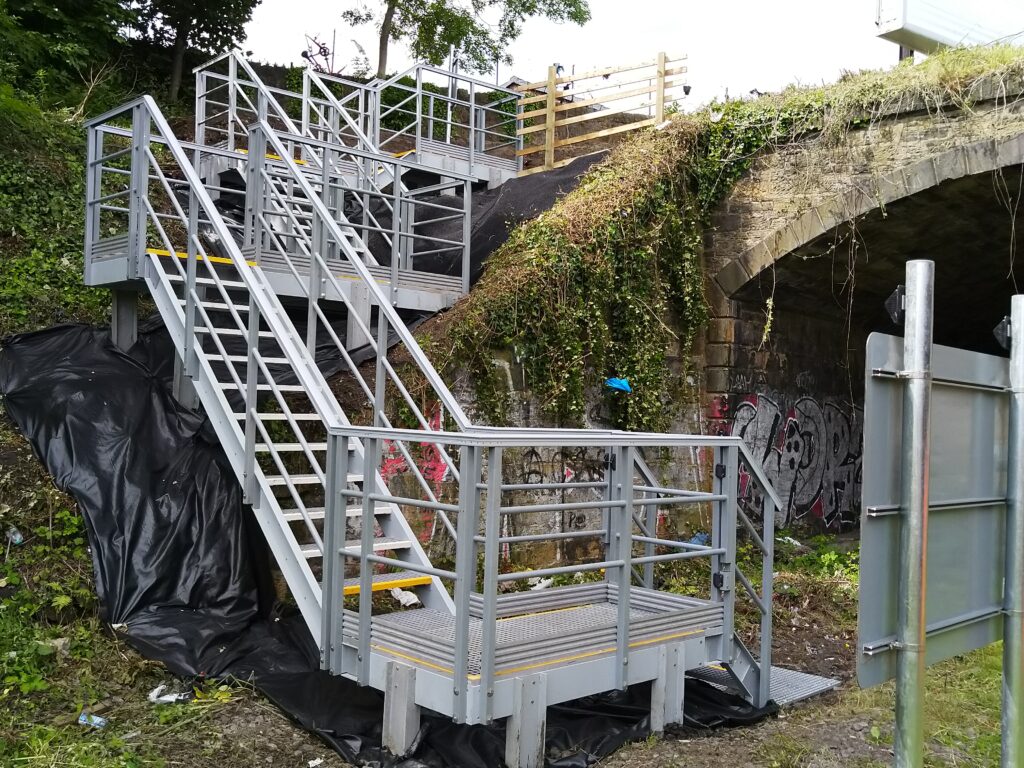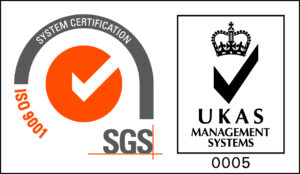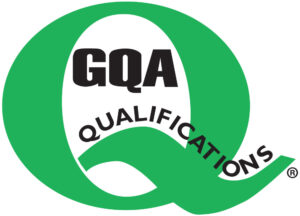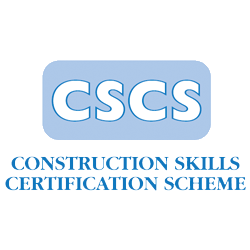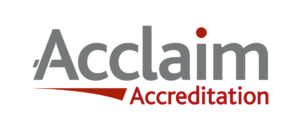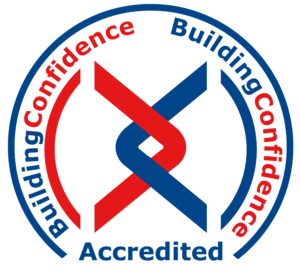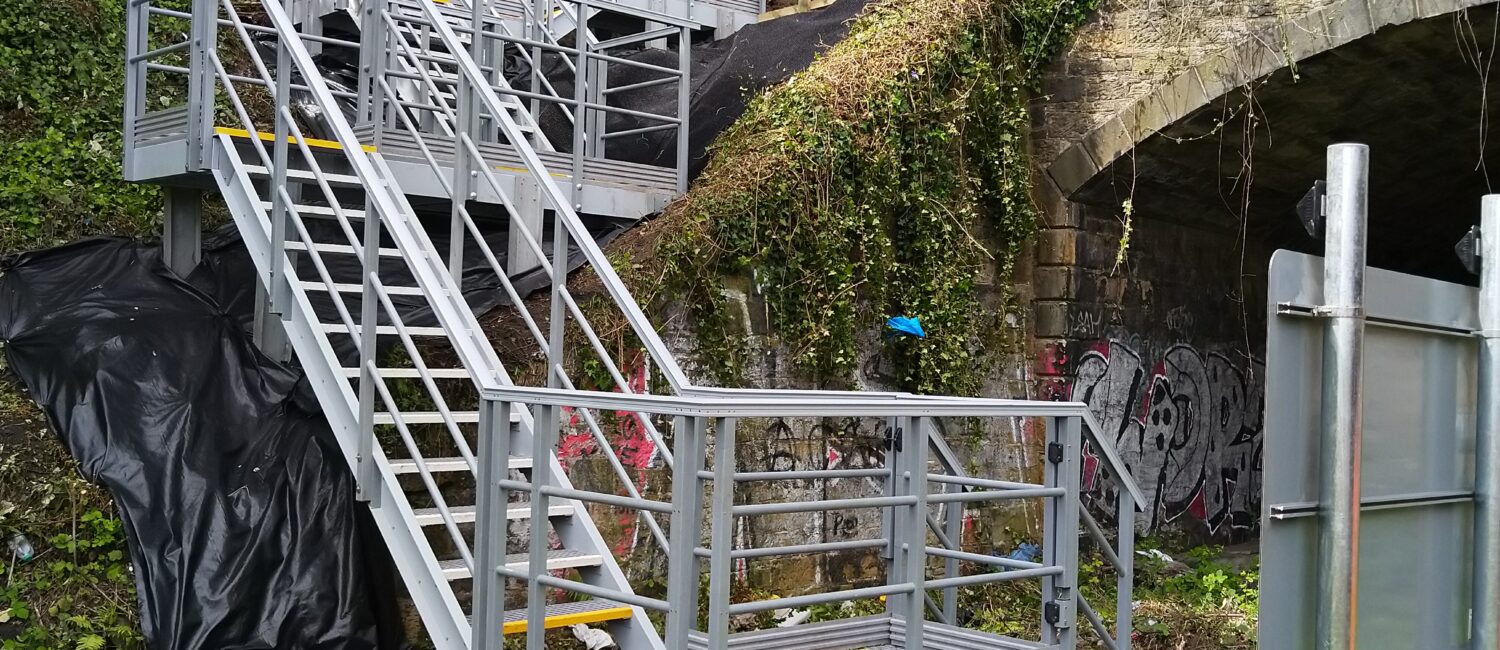
Craigentinny Embankment Staircase
Access points on the rail infrastructure vary enormously depending upon the line category, purpose and location. The vast majority of Network Rail’s access points were not formally designed but evolved over a century and a half with predominantly only manual maintenance. Historically, health and safety was not at the forefront and the interface between railway maintenance vehicles, plant delivery, trains and pedestrians has not been a priority. The result is a mix of materials and safety features, some of which are now lacking. The project Step on Safety is working on in Scotland with the QTS Group on behalf of Network Rail, is systematically replacing rickety, rusty and uneven steps with ones that meet every Health & Safety requirement.
The rugged Scottish landscape offers some unusual challenges when it comes to design. Careful consideration is required of the site topography for locations of the access point to ensure a level surface of suitable size can be achieved for safe unloading of plants and materials. The new Network Rail access points vary hugely in size and layout.
The staircase at Craigentinny needed to provide almost vertical access going from the road down to the track, landing by a small, brick-built bridge. A total of four landing areas with four changes of direction were required to navigate safe passage down the 5.7m high embankment. Three-dimensional topographical site surveys are undertaken by client QTS before being sent to the Step on Safety headquarters in Suffolk. There, the CAD team put together designs that meet all the Network Rail specifications including continuous handrails, anti-slip nosing and self-closing gates.
The Craigentinny access stairs were constructed using:
Download a copy of the case study here.
